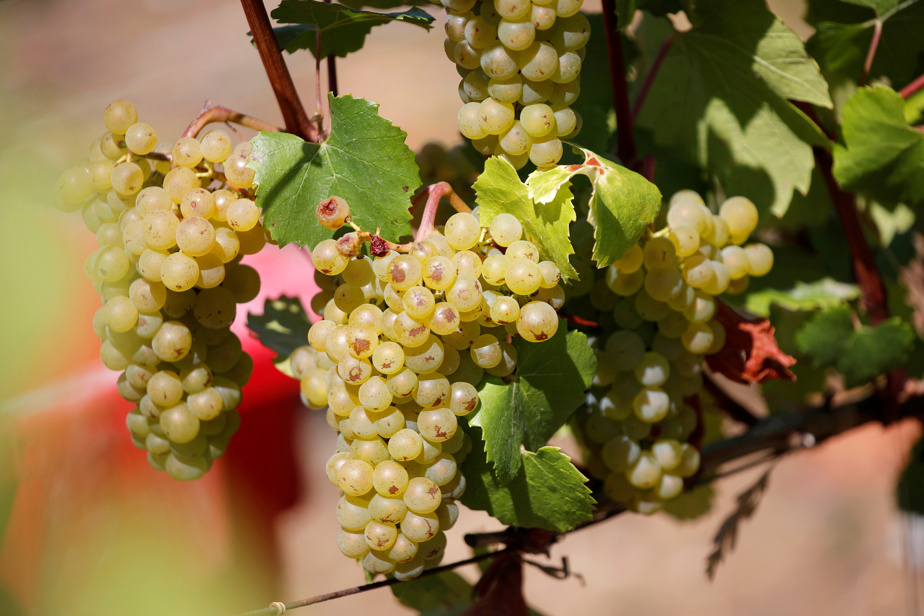(Paris) Exceptional harvest, top-of-the-range bottles and record exports: 2022 will have been an exceptional year for the champagne market, which could however face some shocks in 2023 due in particular to inflation.
After an already excellent year 2021, driven by the reopening of bars and restaurants after the COVID-19 pandemic, the prestigious drink confirms its rebound despite tensions over raw materials or logistics, taking advantage of a global thirst that is sharper than ever. .
According to the annual report of the Interprofessional Champagne Wine Committee (CIVC), 325.5 million bottles were sold in 2022 (1.6%), the highest volume in 15 years, with “record” turnover. of 6.3 billion euros (11%), he pointed out in December.
Since then, several Champagne groups have posted good results, with an increase in their net profit. That of Laurent-Perrier, number two in the sector according to the Champagne Committee, is up 16.4% over its staggered 2022/23 financial year, the group announced on Friday.
Earlier in March, its competitor Lanson-BCC (number 5 in France, according to the CIVC) had announced the doubling of its net profit last year compared to 2019, the reference year, before the pandemic.
To curb the rise in their production costs (glass, gas, etc.), champagne houses have pushed up the prices of their bottles, accelerating a policy of “moving upmarket” initiated a few years ago.
This increase – which the Lanson-BCC group estimates on average at 12% for its bottles and 9.4% for the entire profession – has not, however, discouraged wealthy buyers in the United States or the United Kingdom. .
Exports of prestige cuvées, for example, increased by 18.2% last year, according to the Champagne Committee. And nearly 58% of French bottles are now sold for export.
The average price per hectare in Champagne also rose again in 2022 and exceeded one million euros (2.4%), “on a very active land market”, rural land regulator Safer said on Thursday. .
However, the champagne market showed some signs of fatigue in the second half of 2022, due to tensions on raw materials, particularly glass, and inflation which is weighing increasingly heavily on consumer purchases.
The share of fine bubbles sold on the French market thus fell by around 2% last year, according to the CIVC.
While the rise in the price of bottles has made it possible to maintain the growth in turnover, sales in number of bottles have fallen for family groups such as Laurent-Perrier (-7.9%). Global giants like LVMH (Dom Pérignon, Veuve Clicquot, etc.) are, on the other hand, less affected.
After “two years of recovery […] we believe that 2023 should be a difficult year”, broker Oddo BHF said in a note published on Monday.
According to financial analyst Fatma-Agnès Hamdani, the slowdown in demand “seems to have started in the second half of 2022 in the distribution channel in France, the United States, the United Kingdom and Germany”.
Brands “highly exposed to French mass distribution”, such as Burtin and Chanoine for Lanson-BCC, also had a “more difficult” year than those sold abroad, the group said in mid-March.
According to the note from Oddo BHF, various houses have chosen to sell fewer bottles in the second half “to preserve future sales”, at the risk of encountering difficulties in fulfilling orders.
The sector also anticipates a drop of 5 to 8% in the volumes of champagne shipped, to which are added “the uncertainties linked to the geopolitical context and the economic situation”, underlined Lanson-BCC.















